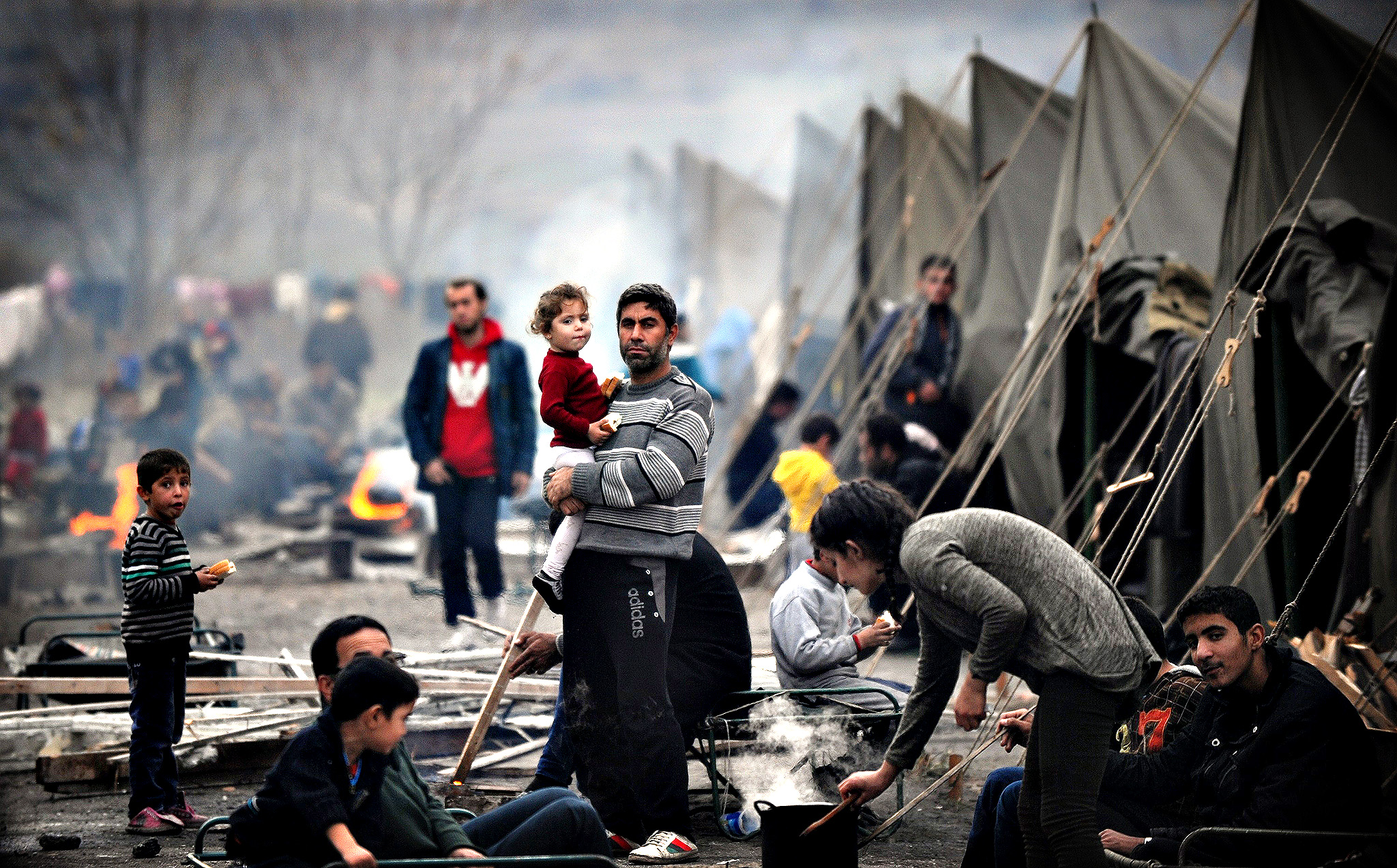People in Syria are generally faced with two options: on the one hand, they could stay in the country, making themselves vulnerable to violence and rights violations, and on the other, they could take refuge in a host country but at the cost of almost guaranteed impoverishment and a lack of education.
Refugees have started fleeing Syria in 2011 with the onset of the civil war, a conflict between forces loyal to President Bashar al-Assad and opposition groups, which has killed at least 360,000 people and displaced millions. With key military backing from Russia, Assad‘s forces have retaken large parts of the country from rebels and terrorists, and now control almost two-thirds of Syria.
In a new report, the World Bank analyzed the voluntary return of 103,090 Syrian refugees between 2015 and 2018, and compared it with millions of refugees in Iraq, Jordan, and Lebanon who chose not to return to Syria.
The report found that the price of security for Syrians, and refugees in general, is high. Choosing safety and security over general welfare is a common trend for refugees and has the effect of trapping entire generations in permanent disadvantage.
“While taking refuge provides an escape from imminent harm, it can come at the cost of long term impoverishment,” Saroj Kumar Jha, World Bank Regional Director for the Mashreq said. “Despite the best efforts of host countries and the international community, school enrollment of Syrian refugee children is lower in host countries than in Syria.”
According to a recent report from the British Medical Journal, which looked at the experience of Syrian refugee children living in Lebanon, 21 percent of Syrian refugee households in the country were food insecure, and 74 percent were severely food insecure.
Children as young as 4 are forced to work, most often in agriculture. In place of education, they are put into harsh and harmful labor due to the economic conditions.
Our World, a United Nations University magazine, published an article in 2015 discussing Syrian children as a potentially lost generation.
Refugees are entitled to education as stated by the United Nations 1951 Convention Relating to the Status of Refugees. Best efforts to achieve this, however, are curtailed by the refugee financial situation and, more generally, the social and political landscapes of host countries.
At the moment, Syria is entering a phase of potential de-escalation that could serve as a catalyst for increased refugee return. The World Bank found, however, that significant voluntary return with quality citizen welfare will only be achieved through policy ensuring rights safety for Syrian citizens.
“An additional 10 percent of the refugee population studied by the report could return to Syria, if the rate of security improvement doubled and the restoration of services tripled within the next five years,” the report said.
More on the Subject
The United Nations said in December that a quarter of a million Syrian refugees could return home in 2019, urging support to the millions still in neighboring countries.
There are currently 5.6 million Syrian refugees living in the region, including around one million born into displacement, according to the U.N. Refugee Agency (UNHCR).


